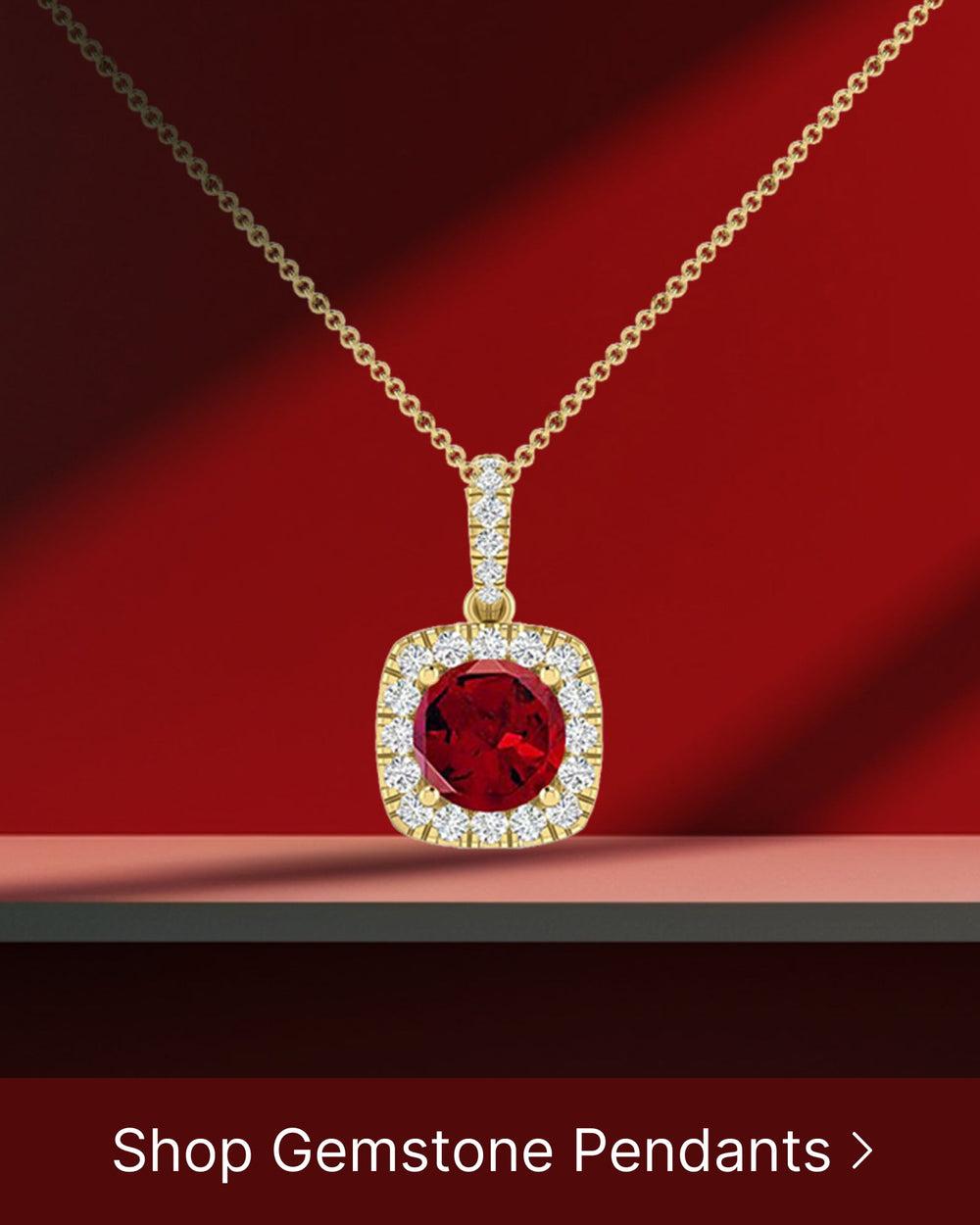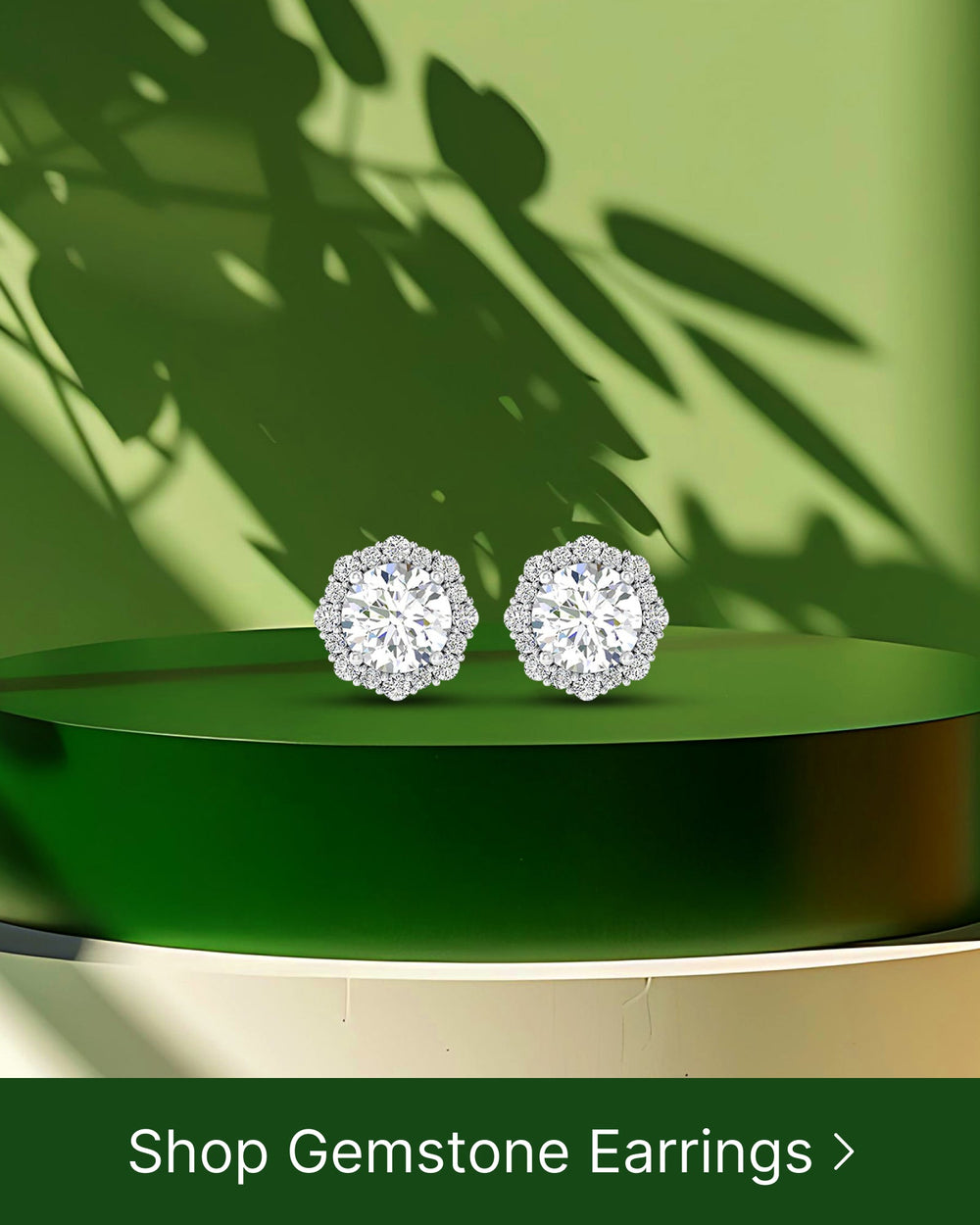Jewelry holds a special place in our hearts. Whether it's an heirloom piece passed down through generations or a gift from a loved one, jewelry often carries not only sentimental value but also significant monetary worth. Understanding the value of your jewelry is crucial, and that's where jewelry appraisals come into play.
The Importance of Jewelry Appraisals
When it comes to protecting your investment, a jewelry appraisal is an invaluable resource. By having your jewelry professionally appraised, you gain a comprehensive understanding of its value, ensuring that you have the necessary documentation to protect yourself against loss, theft, or damage.
But what exactly does a jewelry appraisal entail? Let's delve deeper into the world of jewelry appraisals and explore the reasons why they are so crucial.
Protecting Your Investment
One of the primary reasons for obtaining a jewelry appraisal is to safeguard your investment. An appraisal provides an accurate description and valuation of your jewelry, which helps in the event of loss or damage. Insurance companies usually require an appraisal to determine the appropriate coverage for your jewelry, ensuring you receive fair compensation in case of unforeseen circumstances.
Imagine this scenario: you're wearing a stunning diamond necklace that has been passed down through generations in your family. Suddenly, tragedy strikes, and the necklace is lost or stolen. Without a proper appraisal, it would be challenging to prove the value of the necklace and receive the compensation you deserve. However, with a detailed appraisal report in hand, you can confidently present the necessary evidence to your insurance company, ensuring that you are adequately protected.
Insurance and Legal Considerations
In addition to protecting your investment, a jewelry appraisal can also be crucial for legal purposes. In cases of divorce or inheritance, having a professional appraisal can help ensure equitable distribution of assets. It can also provide proof of ownership and value when selling or consigning your jewelry.
Let's say you're going through a divorce, and there is a dispute over the division of assets, including your valuable jewelry collection. Without a proper appraisal, it would be challenging to determine the fair value of each piece. However, with a comprehensive appraisal report, you can present a clear and unbiased assessment of the jewelry's worth, facilitating a fair and equitable resolution.
Furthermore, if you decide to sell or consign your jewelry, having an appraisal can give you an upper hand in negotiations. Potential buyers or consignment shops will be more inclined to offer a fair price when they have a professional appraisal that provides an objective evaluation of the jewelry's value.
In conclusion, a jewelry appraisal is not just a piece of paper; it is a powerful tool that protects your investment and provides peace of mind. Whether you want to ensure proper insurance coverage, settle legal disputes, or make informed selling decisions, a professional appraisal is an essential step in the process. So, don't underestimate the importance of getting your jewelry appraised – it's an investment in your jewelry's future.
The Process of Jewelry Appraisal
Obtaining a jewelry appraisal requires a thorough examination and analysis by a qualified appraiser. The process typically involves two main stages: an initial examination and a detailed analysis.
Initial Examination
During the initial examination, the appraiser visually inspects the jewelry to identify any unique characteristics and assess its overall condition. This includes evaluating the metal type, gemstones, and any distinguishing features. The appraiser may also measure and weigh the jewelry to determine its specifications.
As the appraiser carefully examines the jewelry, they take note of any hallmarks or stamps that indicate the metal's purity. These marks can provide valuable information about the piece's authenticity and help determine its value. Additionally, the appraiser checks for any signs of wear or damage, such as scratches, dents, or loose stones, which can affect the appraisal.
Furthermore, the appraiser considers the design and style of the jewelry. They assess whether it is a unique or rare piece, or if it follows a popular trend. This evaluation helps determine the piece's desirability and potential market value.
Detailed Analysis
The next step in the appraisal process involves a detailed analysis of the jewelry. This includes assessing the quality and characteristics of gemstones, such as color, clarity, and cut. The appraiser uses specialized tools, such as a loupe or microscope, to closely examine the gemstones and determine their quality.
When evaluating gemstones, the appraiser considers the color intensity and hue, as well as any visible inclusions or flaws. They also assess the cut of the gemstone, which refers to its shape and proportions. A well-cut gemstone reflects light in a way that enhances its beauty and value.
In addition to gemstones, the appraiser evaluates the metal composition and craftsmanship of the jewelry. They examine the metal's purity, such as whether it is made of 24-karat gold or sterling silver. The appraiser also looks for any signs of skilled workmanship, such as intricate detailing or precise soldering.
During the detailed analysis, the appraiser may use various gemological instruments to measure the dimensions and weight of the gemstones. These measurements help determine the carat weight of the gemstones, which is a crucial factor in determining their value.
Furthermore, the appraiser considers the market demand for similar pieces of jewelry. They research recent sales and auction records to gauge the current market value of the jewelry being appraised. This research helps ensure that the appraisal reflects the current market conditions and trends.
Overall, the process of jewelry appraisal involves a meticulous examination and analysis of various factors that contribute to the value and quality of the piece. By considering all these aspects, the appraiser can provide an accurate and comprehensive appraisal report.
Factors Influencing Jewelry Value
When determining the value of jewelry, several factors come into play. These factors greatly influence the overall appraisal value and should be carefully considered.
Let's delve deeper into the factors that can influence the value of jewelry:
Material Composition
The type and quality of materials used in jewelry significantly impact its value. Precious metals like gold, silver, and platinum are highly sought after and generally fetch higher prices. Gold, in particular, is valued for its purity and rarity. The higher the karat, the more valuable the gold piece becomes. Similarly, gemstones such as diamonds, rubies, and sapphires can greatly enhance the value of the piece. The color, clarity, cut, and carat weight of the gemstone all contribute to its worth. Rare and flawless gemstones are particularly prized and can command exorbitant prices.
Furthermore, the origin of the materials can also affect the value. For instance, jewelry made from ethically sourced materials or those with a historical significance may be considered more valuable due to their unique attributes.
Craftsmanship and Design
The level of craftsmanship and design intricacy also play a significant role in determining jewelry value. Exceptional artistry and attention to detail can elevate a piece's worth, especially if it is from a renowned designer or brand. Jewelry created by master craftsmen who employ traditional techniques often carries a higher value due to the skill and expertise involved in its creation.
Moreover, the overall design and aesthetic appeal of the jewelry can influence its value. Unique or rare designs often command higher prices in the market. Pieces that showcase innovative techniques or incorporate unconventional materials may also be highly sought after by collectors and enthusiasts.
Market Trends
The current market trends and demand for specific types of jewelry can also impact its value. Factors such as popular styles, cultural influences, and fashion trends can cause prices to fluctuate. For example, vintage and antique jewelry may experience a surge in value if they align with the current retro fashion trend. On the other hand, contemporary designs that reflect modern tastes and preferences may be highly sought after by younger generations.
Staying informed about these trends can help you understand the potential value of your jewelry. Keeping an eye on auctions, industry publications, and consulting with experts can provide valuable insights into the ever-changing market dynamics.
Remember, while these factors can provide a general understanding of jewelry value, each piece is unique and may have additional factors that contribute to its worth. Consulting with a professional appraiser is always recommended to obtain an accurate valuation.
Types of Jewelry Appraisals
There are different types of jewelry appraisals, each serving a specific purpose depending on your needs.
Retail Replacement Value Appraisals
A retail replacement value appraisal is typically used for insurance purposes and provides the estimated cost to replace the jewelry in a retail setting. It takes into account factors such as the current retail price, brand value, and market demand.
Fair Market Value Appraisals
A fair market value appraisal provides an estimate of the price at which the jewelry would likely sell in the current market. It considers factors such as comparable sales data, condition, and market demand for similar pieces.
Finding a Qualified Jewelry Appraiser
Choosing the right jewelry appraiser is essential to ensure the accuracy and reliability of your appraisal. When selecting an appraiser, consider their qualifications and expertise in the field.
Credentials to Look For
Look for appraisers who have professional qualifications and certifications, such as certifications from reputable organizations like the Gemological Institute of America (GIA) or the American Society of Appraisers (ASA). These credentials demonstrate the appraiser's knowledge and adherence to industry standards.
Questions to Ask
When selecting an appraiser, be sure to ask questions regarding their experience, areas of expertise, and appraisal process. Inquire about their appraisal fees and whether they have insurance to cover any damages that may occur during the appraisal.
In conclusion, understanding the value of your jewelry is of utmost importance. Investing in a professional jewelry appraisal not only protects your investment but also provides you with the necessary documentation for insurance and legal purposes. By considering the factors that influence jewelry value and finding a qualified appraiser, you can gain valuable insights into your jewelry's worth and make informed decisions regarding its care and preservation.






